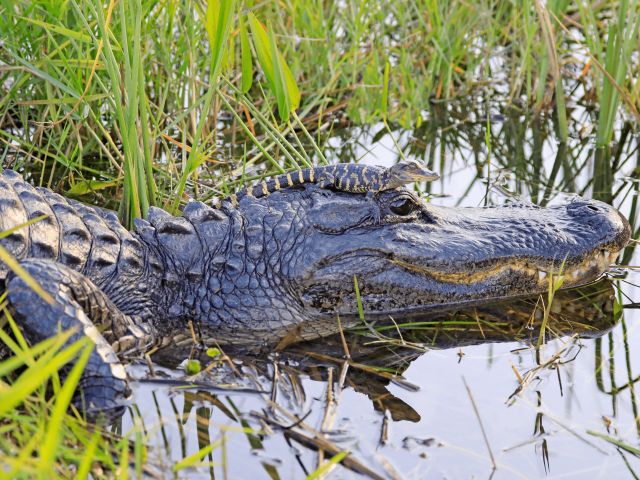Displaying 7369 - 7392 of 7456
Toxic algae blooms: What you should know
Summer is in full swing, with families heading to lakes and other bodies of water, and that means it’s also the peak season for harmful algae blooms. Toxic algae blooms are a growing problem...

EWG applauds bill to create new food safety agency
Today Sen. Richard Durbin (D-Ill.) and Rep. Rosa DeLauro (D-Conn.) introduced the Food Safety Administration Act of 2022, which would create a new independent federal agency focused on food safety...

In bid to protect state’s power grid from collapse, energy-sapping Texas bitcoin miners paid to shut down
Some of the country’s largest and most energy-intensive cryptocurrency mining sites based in Texas are effectively getting paid by ratepayers to pause operations, as record temperatures put the state...

Research
EWG survey: At least 50 percent of people surveyed think tap water is unsafe
In a recent survey of visitors to the Environmental Working Group’s Tap Water Database, at least half the participants said they think their tap water is unsafe.

Campaign to ban asbestos gains momentum with striking Times Square billboard
An unmissable new campaign featured on the iconic Nasdaq billboard in the heart of New York’s Times Square urges Congress to ban all uses and imports of cancer-causing asbestos.

House bill would force the USDA to take a new look at chemicals in meat
With two federal agencies involved in reviewing the safety of food chemicals in meat, poultry and egg products, it would be easy to assume those foods are doubly safe – that no potentially harmful...
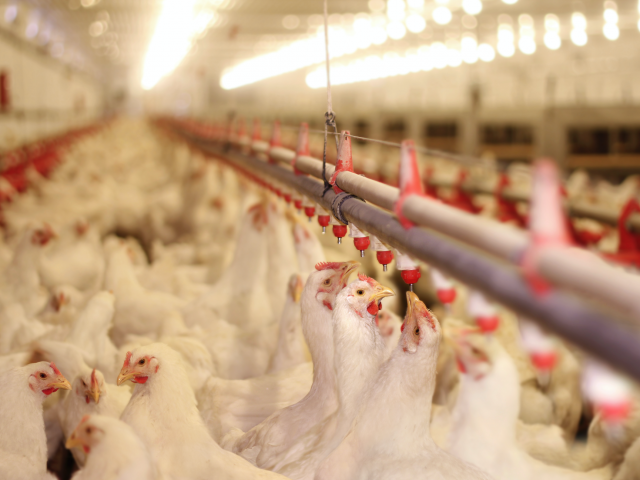
Research
Animal feeding operations harm the environment, climate and public health
Throughout the U.S., huge facilities raising hundreds or thousands of hogs, poultry or cattle are wreaking havoc on the environment by polluting the air, adding to the climate crisis and contaminating water supplies – with dire consequences for public health.

Two new bills target toxic food chemicals in New York
On March 5, lawmakers introduced two bills that would protect New Yorkers from toxic food chemicals. Between them, they would ban seven substances from food manufactured, distributed or sold in the...

New House bill targets harmful additives in meat and dairy products
The Environmental Working Group applauds today’s introduction of House legislation that would require the Department of Agriculture to reassess seven potentially harmful food chemicals used in meat...
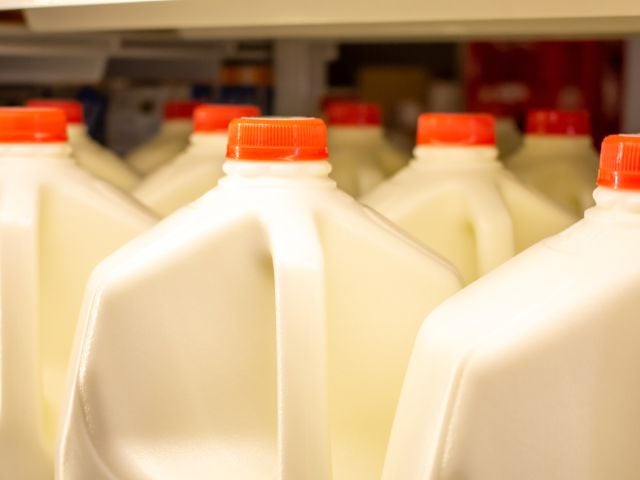
Research
First Do No Harm
Foreword If you have to be hospitalized in the United States it’s going to run you (or your insurance company) about 930 bucks a day, on average. Would you be willing to pay 93 cents more—that’s right, 93 cents, not much more than you’d pay for a candy bar down at the gift shop––so that the hospital you’re in could “afford” to stop polluting the air with one of the most potent toxic substances
New study links microplastics to serious health harms in humans
A recent study suggests the presence of microplastics may increase the risk of heart attack or other cardiovascular problems among people with heart disease. The tiny plastics were found to double the...

EWG testimony to the Senate Committee on Environment and Public Works on examining PFAS as hazardous substances
Attached is testimony of EWG’s Senior Vice President for Government Affairs Scott Faber to the Senate Committee on Environment and Public Works on examining PFAS as hazardous substances.
Stop the Big Utility Tax Coalition statement on California PUC’s monthly fee proposal
The California Public Utilities Commission, CPUC, issued a proposed decision yesterday outlining a new structure for utility bills, which would include a $24 monthly fee for most PG&E, SCE, SDG&E...

EWG petitions FDA to ban two toxic additives in popular Halloween candy
Halloween is here and consumers are buying up massive quantities of candy to hand out to trick-or-treaters – or to eat themselves.

Los alimentos para su bebé pueden contener pesticidas potencialmente dañinos, pero las décadas de lucha del Environmental Working Group (Grupo de Trabajo Ambiental, EWG por sus siglas en inglés) para proteger la salud de los niños han ayudado a eliminar las amenazas más tóxicas provenientes de estos pesticidas.

Abandoned: Unsafe ‘forever chemicals’ levels in thousands of drinking water samples near 63 military bases
Across the U.S., the Defense Department has contaminated potentially thousands of private drinking water wells with dangerous amounts of the toxic “forever chemicals” known as PFAS. But the DOD has...

What is sodium hypochlorite?
Before you start any kind of home cleaning, think twice about what products you’re using. Many cleaners use toxic chemicals that can cause health harms. One of the most common is also one of the most...
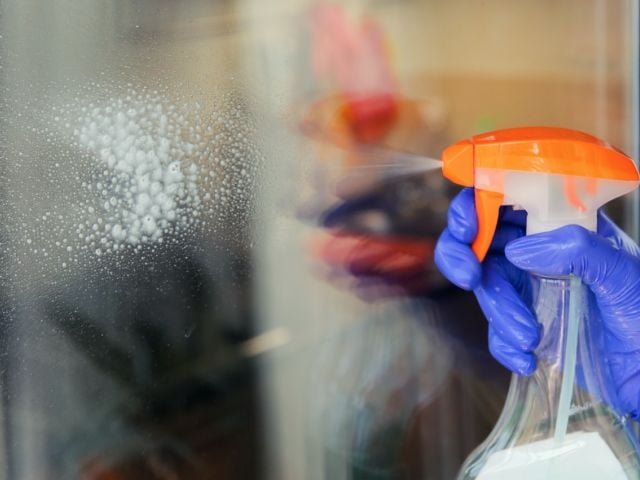
Triple dipping: Rice farmers received at least $3B from three types of taxpayer-funded programs
Some agriculture groups and Republicans in Congress are proposing to increase crop price guarantees in the upcoming farm bill to boost farm subsidy payments – but an EWG analysis shows some rice...
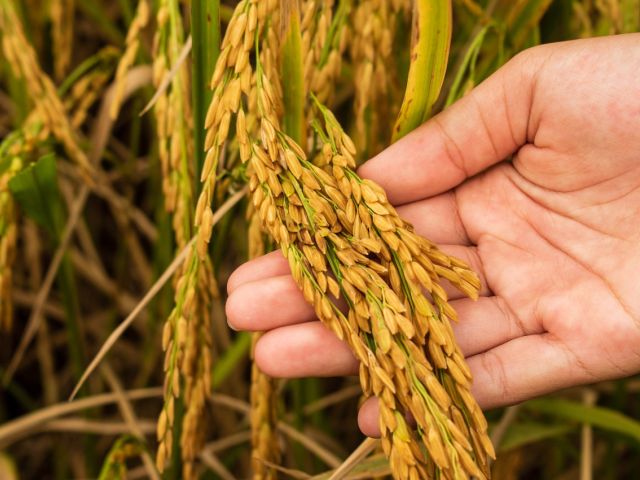
USDA: Conservation backlogs grow despite new climate-smart funding
New data from the Department of Agriculture show that farmer demand for USDA farm stewardship support continues to outstrip available funds, despite $19.5 billion of additional funding for climate...

Microplastics in the Great Lakes: Unsafe for wildlife
From Milwaukee to Buffalo, the Great Lakes span over 500 miles and contain 84 percent of North America’s surface freshwater. But the iconic lakes – and the wildlife they’re home to – may be in danger.
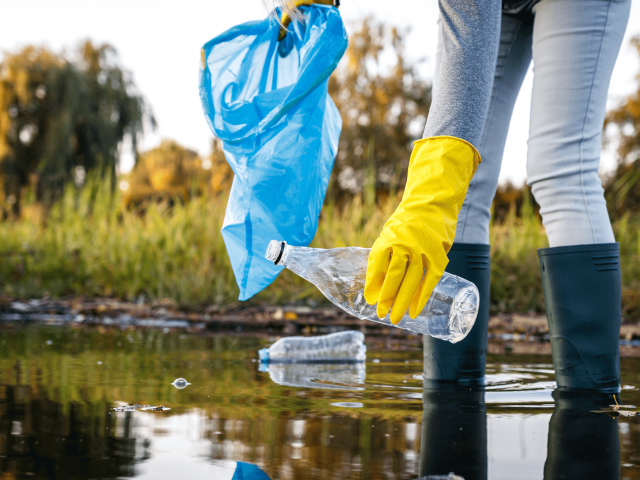
Clean energy advocates decry California’s disastrous decision to slash residential solar program, triggering widespread job losses and bankruptcies in the state’s solar industry.
Clean energy advocates decry California’s disastrous decision to slash residential solar program, triggering widespread job losses and bankruptcies in the state’s solar industry.
Research
Contaminated cantaloupe: The risk of farm fields near CAFOs
A salmonella outbreak from contaminated cantaloupes produced in Mexico has garnered headlines – eight people have died, 3 in the U.S. and 5 in Canada, at least 45 hospitalized and many others sickened. But many of the U.S. farms where cantaloupes are grown could have a potential risk of contamination, as an EWG analysis finds they are located near factory farms where dairy cows, cattle and poultry

Do billionaires get farm subsidies?
A blockbuster report by the Government Accountability Office revealed that more than 1,300 “high-income” farmers received subsidies from the federal crop insurance program. But Congress has barred the...

5 wetland species swamped by toxic ‘forever chemicals’
Wetlands like bogs and swamps are found across the United States, and although wetland habitats only make up about one percent of the earth’s surface, they are considered some of the most biologically...
